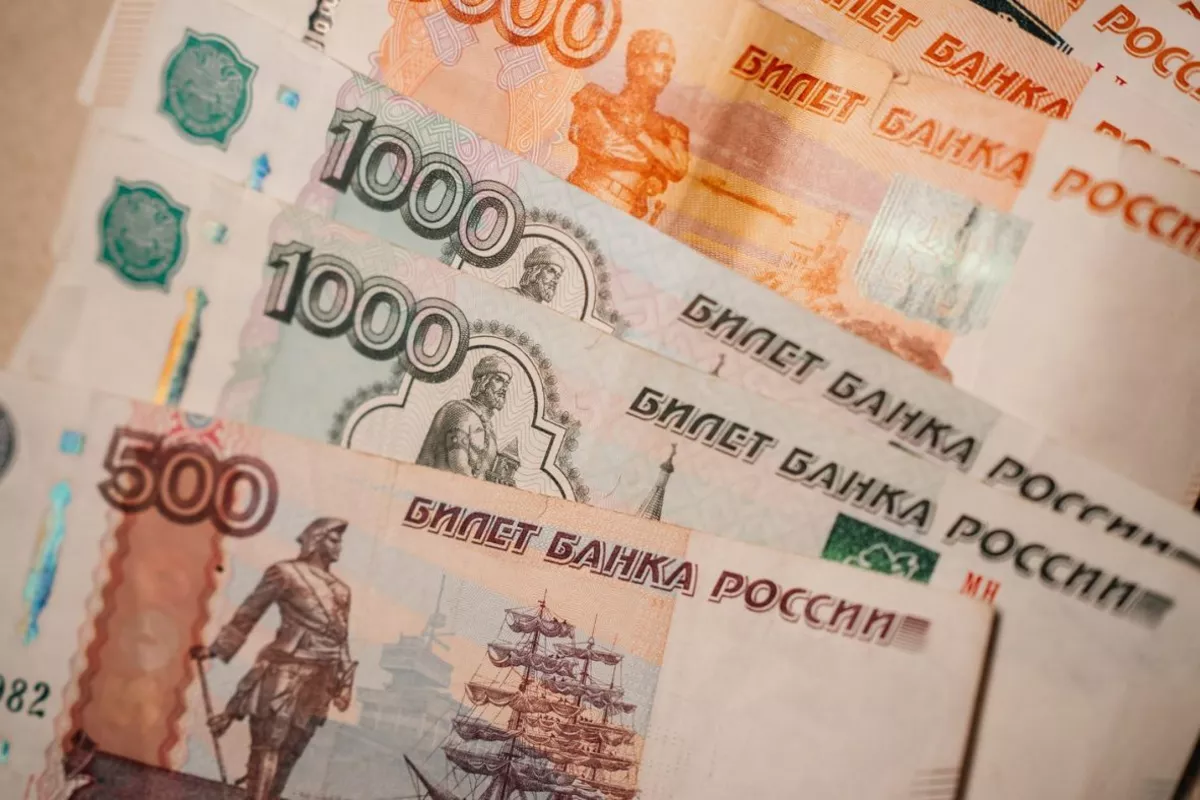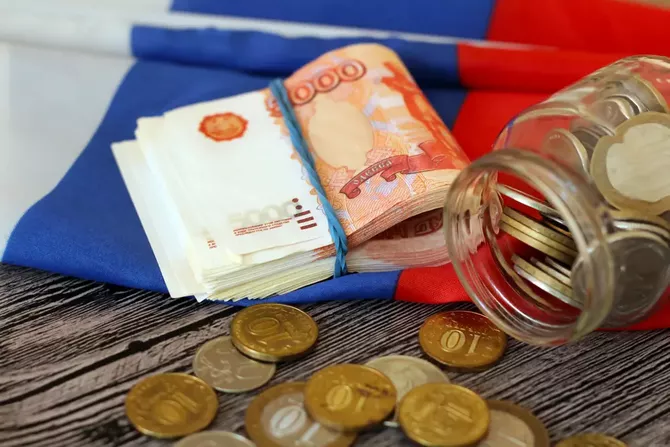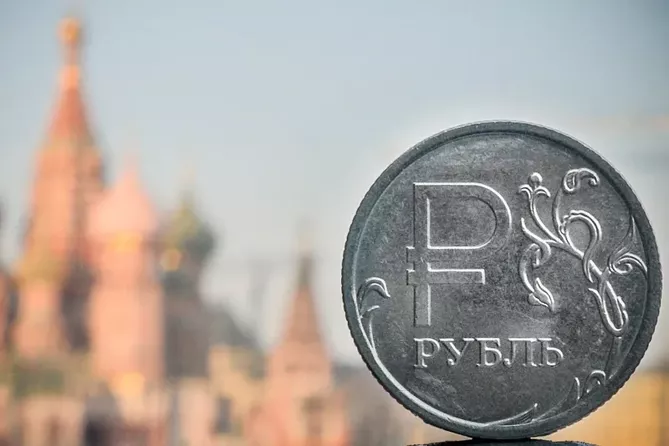
photo: Euractiv
The United Kingdom and Canada have decided to join the European Union’s plan to use part of the nearly $300 billion in Russian Central Bank assets held by G7 countries to support Ukraine, Bloomberg reported yesterday. The plan involves providing Ukraine with loans to purchase weapons and strengthen its economy - not through the direct seizure of assets, but via a mechanism designed to avoid that.
Next week, a meeting will be held in Brussels where the parties will discuss what this mechanism will look like.
It is worth noting that the UK has frozen more than £25 billion ($33.3 billion), while the EU is holding around €200 billion ($232 billion) in Russian assets. So far, the financing allocated to Ukraine from these frozen Russian assets has been limited to profits and accrued interest. Now, attention has turned to the principal deposits themselves.
In September, Germany’s Chancellor Friedrich Merz published an article in the Financial Times proposing the use of €140 billion of Russian assets to supply arms to Ukraine. This operation was called a “reparations loan,” and the first payments are expected to be made in the second quarter of next year.

photo: Brookings Institution
Meanwhile, as Financial Times previously wrote, Brussels fears that seizing Russian funds would set a dangerous precedent not only for Belgium but for all of Europe. The EU is pressuring Belgium to give its consent. The reason is that the bulk of Russian assets are concentrated in Belgium, mainly in accounts held at the Euroclear depository. At the start of Russia’s invasion of Ukraine, more than €200 billion in assets belonging to both the Russian Central Bank and private Russian individuals were held there. These individuals had bought foreign securities through brokers who kept them in their accounts, according to Russian media.
In addition, Russian assets are stored in Luxembourg, France, the UK, Switzerland, the US, Canada, Japan, and other countries. These assets are currently frozen due to sanctions.
Belgium has demanded legal guarantees and risk-sharing from EU member states regarding plans to use €140 billion in frozen Russian assets. According to Politico, Belgian Prime Minister Bart De Wever believes the European Commission’s scheme essentially amounts to confiscation, contradicting claims that the loan would not involve the seizure of Russian state assets.
“The distinction between a reparations loan and confiscation is actually extremely narrow. If these assets remain immobilized for a long period of time, such an arrangement could be viewed as quasi-confiscation,” De Wever said.
Russia has already responded to the EU’s plans. Moscow stated that any actions involving its assets would be regarded as “theft.” The Russian side also emphasized that it would appeal to courts if the West takes any decisions regarding the frozen Russian funds. Moreover, Bloomberg notes that Russia could nationalize and quickly sell off foreign assets through a new privatization mechanism if the EU proceeds with seizing Russian assets abroad.
On October 14, Russian Ambassador to Belgium Denis Gonchar stated in an interview with TASS that any attempt to seize sovereign Russian assets would be perceived as “theft - an illegal step that runs counter to existing norms of international law.”
It should be recalled that on May 22, 2024, the US and EU adopted legislation allowing the transfer of frozen Russian sovereign assets or the profits from them to Ukraine. Russia retaliated two days later: Vladimir Putin signed a decree authorizing the confiscation of American state and business assets. The decree introduces a new counter-sanctions mechanism based on several federal laws already in force, including the 2006 law “On Special Economic Measures and Compulsory Measures,” the 2010 law “On Security,” and the law “On Measures of Influence (Counteraction) to Unfriendly Actions of the USA and Other Foreign States,” Forbes writes.

photo: Xinhua
Moreover, Russia went even further. While the US law passed by Congress applies only to the sovereign assets of the Russian government and not to private individuals’ assets, Putin’s decree allows for the confiscation of property belonging to American citizens, companies, and banks.
According to analysts, current international law does not offer a clear interpretation of the legality of freezing central bank reserves. Nevertheless, such measures have historical precedents. The US has initiated similar actions against countries whose policies it opposed more than once. Additionally, the US and its allies used this tool during both world wars to cover their military expenses and to collect reparations from their enemies. The United States and the United Kingdom benefited the most financially.
Currently, besides Russian assets, the frozen assets of Iran, Venezuela, Cuba, North Korea, Afghanistan, and several other countries are also being held. The frozen assets of Syria are expected to be unfrozen after a change of government there. In May of this year, EU countries agreed at a meeting in Brussels to lift all economic sanctions on Syria, including financial ones.
It should be noted that Iranian funds have been under sanctions the longest. Iran’s assets were first frozen by President Carter in 1979 following the Islamic Revolution. The frozen Iranian assets in international accounts are estimated at $100 - $120 billion. Iranian real estate and other property have also been seized; in the US, this property is valued at $50 million. Tehran’s attempts to challenge these sanctions have led nowhere.
The International Court rejected Iran’s claim, stating that it does not fall under the compromise clause of the 1955 Treaty of Amity, Economic Relations, and Consular Rights between the US and Iran.
By Tural Heybatov
Share on social media